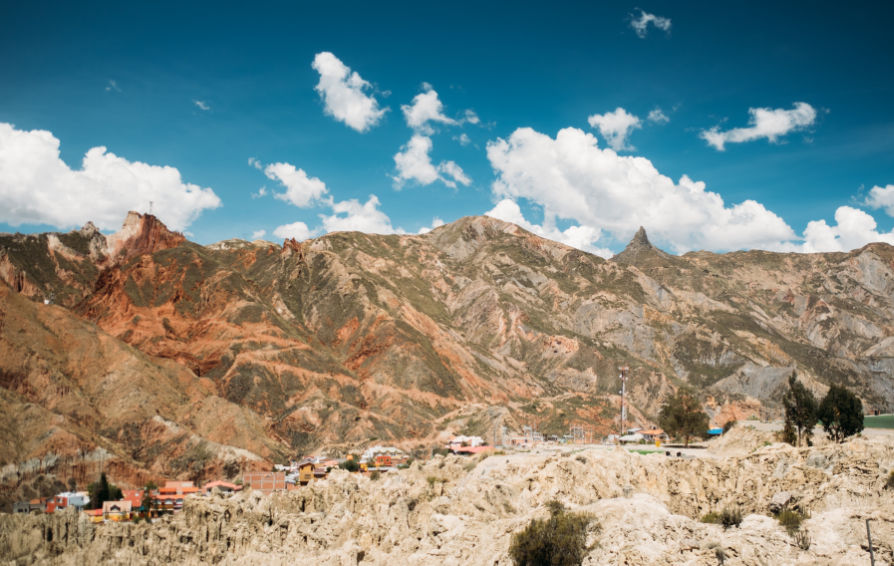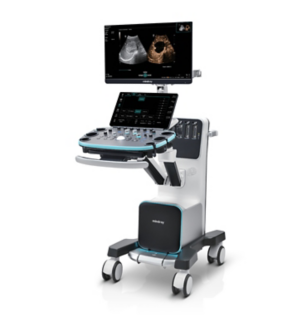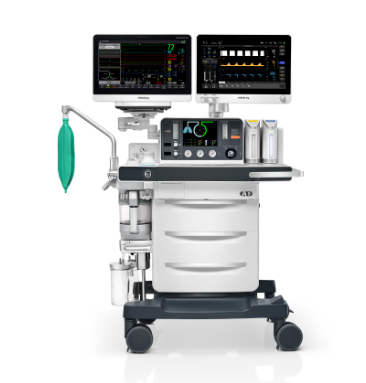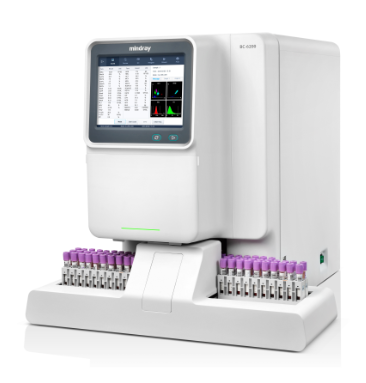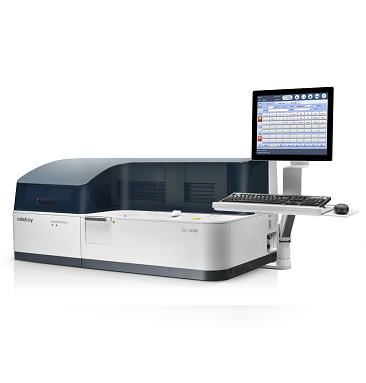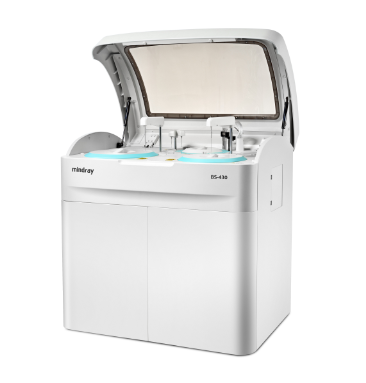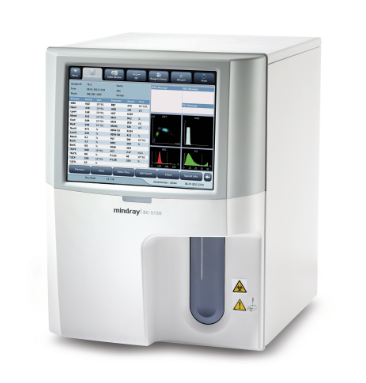Bolivia, nestled in the heart of South America, is a land rich in history, culture, and natural beauty. Its breathtaking highland landscapes, dominated by the Andes Mountains, reflect the nation’s deep Incan heritage and vibrant multicultural identity. While Bolivia has made significant strides in economic development and public welfare, healthcare accessibility remains a pressing challenge. With only about 13 doctors per 10,000 people—below the World Health Organization’s recommended minimum [1].
Addressing these disparities is vital to ensuring equitable healthcare coverage across the country. Mindray is dedicated to advancing accessibility, safety, and efficiency in Bolivia’s healthcare system, working to bridge gaps in medical services and improve the well-being of communities through technology innovation.
At the Forefront of Accessible Women’s Healthcare
While women's healthcare resources have been gradually improving and advanced medical technologies, such as precise ultrasound, are now widely available, increasing healthcare coverage for women remains a significant challenge. This is largely due to a substantial number of women lacking the knowledge or awareness needed to seek professional help when they experience discomfort.
As the country’s leading specialty care institute in the field, HODE Materno Infantil, located in La Paz, has been at the forefront of quality care and service, fostering a dedicated environment for the health and well-being of women and children.
With versatile and powerful tools like the Mindray Resona I9 Diagnostic Ultrasound System, medical professionals are able to provide efficient and precise screening for a wide range of patient needs, including breast health, pelvic examinations, obstetrics, gynecology, and more.

Dr. Lucrecia Postigo
Radiology Director, HODE Materno Infantil
Many women in Bolivia is still very reluctant to visit doctors for medical attention. We need to raise awareness among women, so that they understand the importance of accessing medical care for their health.
Guarding Surgical Safety at High Altitude
Approximately one-third of Bolivia's landmass is situated at ultra-high altitudes, ranging from 3,500 to 4,200 meters. These extreme elevations pose significant challenges for various medical scenarios, particularly surgical operations.
Surgical procedures conducted at high altitudes must address complications such as hypoxia, an increased risk of blood clots, and pulmonary issues. To overcome these challenges, surgical equipment must be exceptionally precise and stable.
High-accuracy anesthesia solutions like the Mindray A9 Anesthesia System enable doctors to manage anesthesia procedures with greater precision and closely monitor the patient’s condition, ensuring enhanced safety and better outcomes.
Dr. Ademar Huanca
Head of Anesthesiology and Operation Service, HODE Materno Infantil
Technological advancement has enabled us to solve many questions and issues. We were previously considered as altitudes myths. Now we have more equipment to help us provide safe anesthesia at 3,650m above sea level.


Transforming Laboratory Efficiency Across the Nation
In Bolivia, the demand for accurate and timely diagnostic services has been steadily increasing, particularly in regions with limited access to specialized healthcare facilities. Laboratories play a critical role in bridging this gap, providing essential data that guide clinical decisions and improve patient outcomes. However, the challenges of operating in a geographically diverse and resource-constrained environment have necessitated innovative solutions to enhance laboratory efficiency and reliability.
Modern laboratory equipment, such as automated analyzers and advanced diagnostic tools, has revolutionized the way healthcare providers approach diagnostics. These technologies enable faster processing times, higher accuracy, and the ability to handle a broader range of tests, even in remote or high-altitude areas. For instance, automated systems reduce human error and streamline workflows, allowing medical professionals to focus on patient care rather than manual processes.

Located in the high-altitude city of Potosí, which sits at an average elevation above 4,000 meters, the Hospital de Tercer Nivel de Potosí “Fray Giovanni Eugenio Natalini Magnai” has emerged as a leader in advanced laboratory technology. By integrating high-performance equipment such as the Mindray BC-6200 Auto Hematology Analyzer and the CL-1200i Chemiluminescence Immunoassay System, the hospital has significantly enhanced the quality and efficiency of its diagnostic services. These advancements not only benefit the local community but also extend vital healthcare support to surrounding regions.
Similarly, the Hospital Japonés de Tercer Nivel in Santa Cruz has embraced automation to streamline its laboratory operations. The introduction of cutting-edge diagnostic systems, including the Mindray BS-430 Chemistry Analyzer and the BC-5130 and BC-6200 Auto Hematology Analyzers, has enabled the hospital to deliver rapid and precise test results. This efficiency is particularly crucial in emergency situations where timely diagnoses can make a life-saving difference. By prioritizing innovation, the hospital has set a new benchmark for laboratory excellence in Bolivia, ensuring that patients receive accurate and swift diagnoses, regardless of their location.

Dr. Pamela Ocampo
Laboratory Director, Hospital de Tercer Nivel de Potosi “Fray Giovanni Eugenio Natalini Magnai”
We can say that the results are of better quality, more accurate and achieved in less time. This benefits the entire population of Pososi.
Dr. Satochi Takei
Laboratory Director, Hospital Japones de Terncer Nivel
We have managed to reduce result delivery time to under two hours, in life-threatening cases, within 15 to 30 minutes. We aim to continue automating the laboratory in order to provide better care and expand our range of tests.


As the "roof of the world," Bolivia is reaching new heights in public welfare. With a shared vision, Mindray is dedicated to being a strong partner in this journey, contributing to the nation's ongoing progress.
Reference:
[1] World Health Organization, “Medical Doctors per 10,000 Population,” WHO Data, accessed May 20, 2025, https://data.who.int/indicators/i/CCCEBB2/217795A?m49=068.
